Model and explain how Earth’s rotation causes the sun to move across the sky with this interactive flipbook.
Year 6 Science Activity
This interactive flipbook has students model how Earth’s rotation causes the Sun to ‘move across the sky’ during the day. Students reinforce their perspective of the Earth-Moon-Sun model by simultaneously showing the system at different times of the day in 2 ways: the view from Earth looking up and the view from space looking at the whole system.
Print each student a 1-sided copy of the file. Students cut along the dotted line of pages 1-8. Once all flipbook pages are cut, students stack the 8 pages from largest to smallest, lining up the top. Stack pages face-up, with the largest on the bottom. Staple the 8 pages together across the top to assemble the flipbook.
Once the flipbook is assembled, cut and paste the Sun/Earth cards below into the book. Paste 1 Sun card in each ‘View from Earth’ box along the curved line provided. Make sure the Sun’s position matches the time of day. Paste 1 Earth card in each ‘View from space’ box on the designated pages. Make sure the rotation of Earth matches the time of day for the location you selected. Write in all explanations necessary using the blank lines in the flipbook.
Tips for Differentiation + Scaffolding
A team of dedicated, experienced educators created this resource to support your science lessons.
In addition to individual student work time, use this flipbook to enhance learning through small groups, whole class lessons or remote learning assignments.
If you have a mixture of above and below-level learners, check out these suggestions for keeping students on track with the concepts:
🆘 Support Struggling Students
For students requiring additional support, have them begin by placing all of the Sun cards in the pages of the book according to what time of day it is (students can check their answers before continuing). Then have students place Earth cards in the book at midnight and midday. These times will show a one perspective from Earth during the day and one perspective at night where the location is on a 2-dimensional alignment with the center of the Earth and the Sun, allowing students to visualize multiple views of the system at the same time.
➕ Challenge Fast Finishers
Teachers may ask students to extend their reasoning and explanation beyond the blank lines provided, adding additional labels/captions to the diagrams. For an extra challenge, students may choose to model unfamiliar locations on Earth and research various aspects of that location’s geography, culture, wildlife, etc. These findings can be added to the book or recorded separately.
Easily Prepare This Resource for Your Students
Use the dropdown icon on the Download button to choose between the PDF or editable Google Slides version of this resource.
This resource was created by David Steffes, a Teach Starter Collaborator.
Don’t stop there! We’ve got more activities and resources that cut down on lesson planning time:
Learn information about the Earth, sun and moon while comparing the physical characteristics of each with this 22-slide teaching presentation. Explore the difference between rotation and revolution while learning about the day and night cycle, what causes the seasons to change and more with this teaching presentation. Reinforce science vocabulary with this set of word wall cards and vocabulary puzzles covering the Earth, sun and moon.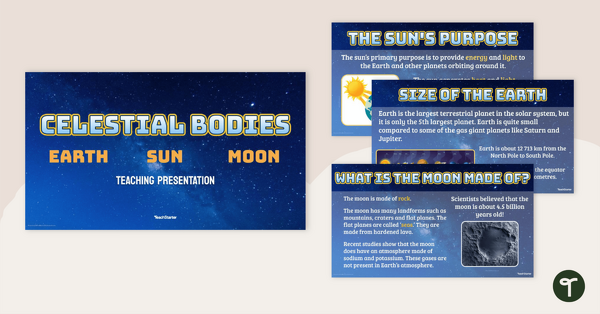
teaching resource
Celestial Bodies – Earth, Sun and Moon – Teaching Presentation
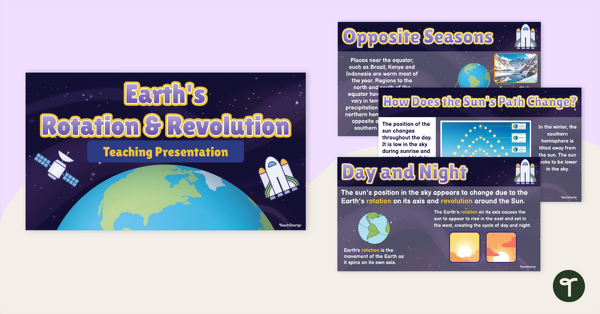
teaching resource
Earth's Rotation and Revolution – Teaching Presentation
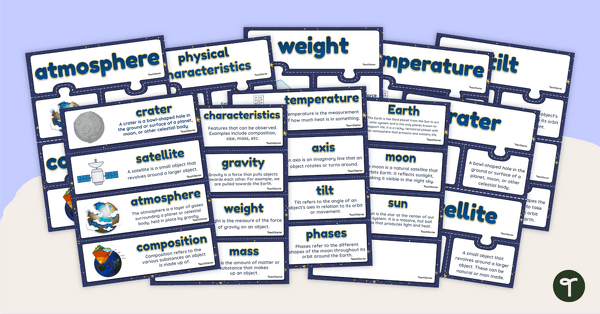
teaching resource
Earth, Sun and Moon – Vocabulary Cards and Puzzles
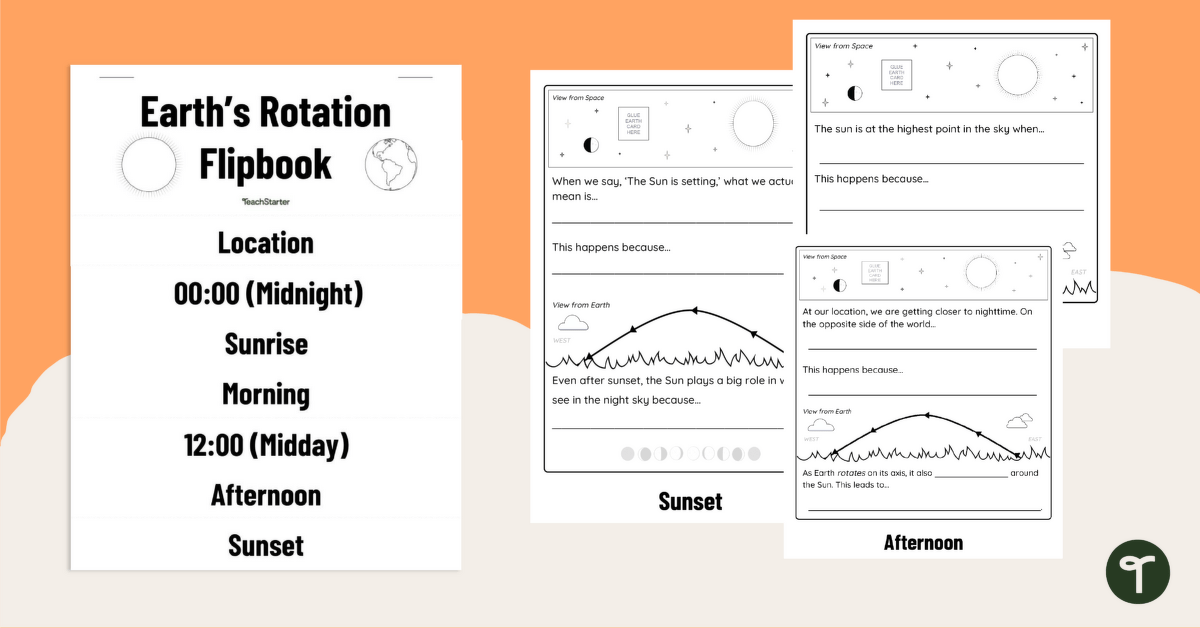

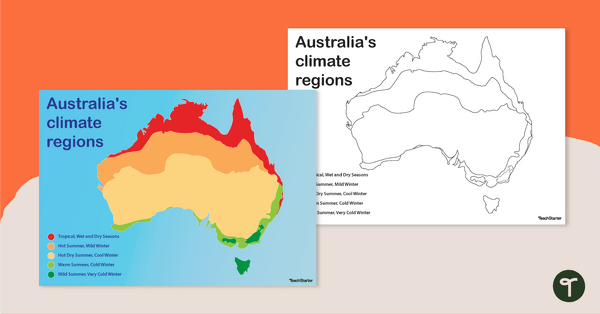
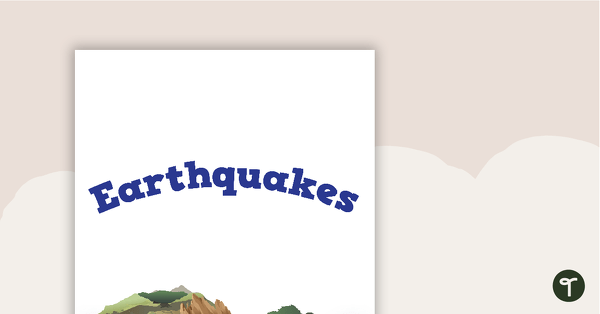
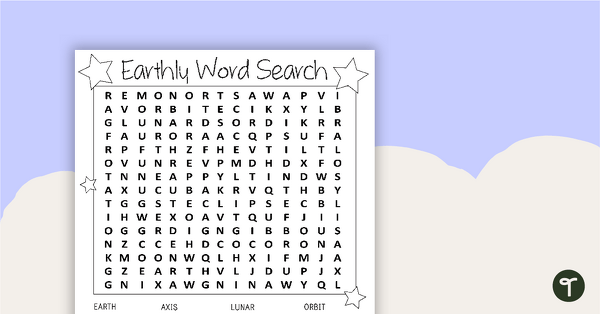
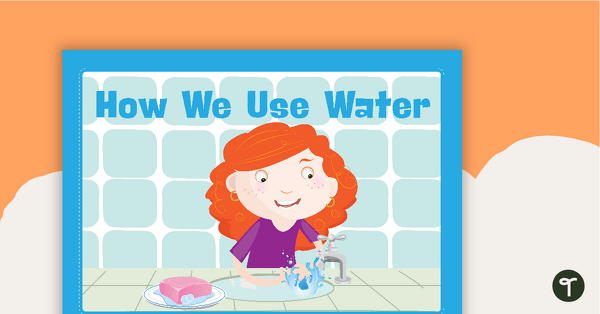
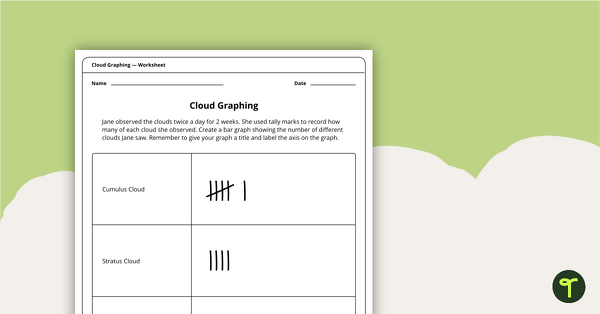

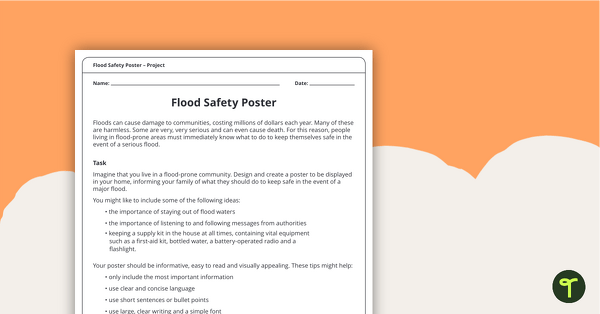
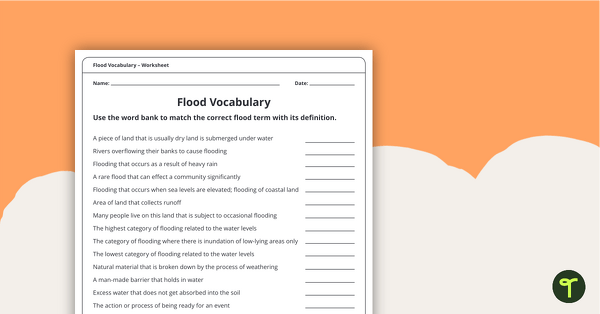
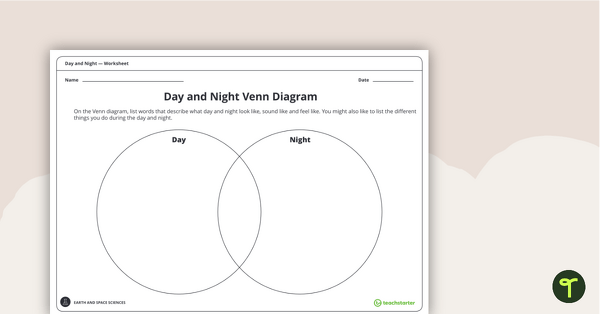
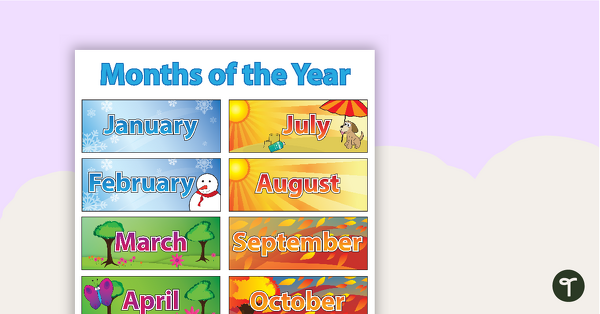
0 Comments
Write a review to help other teachers and parents like yourself. If you'd like to request a change to this resource, or report an error, select the corresponding tab above.